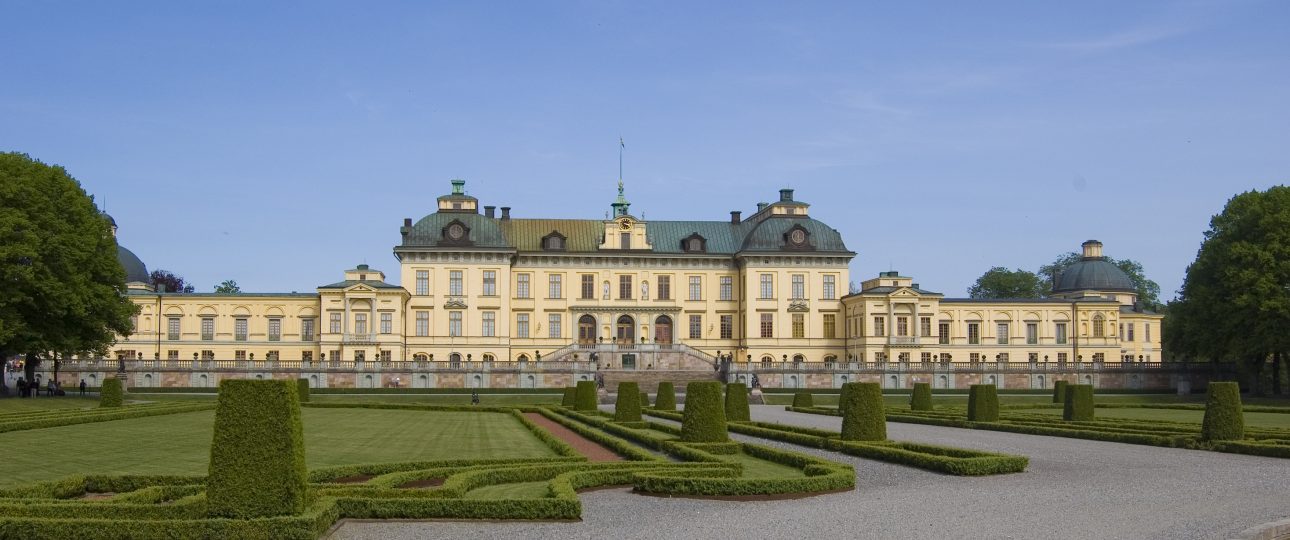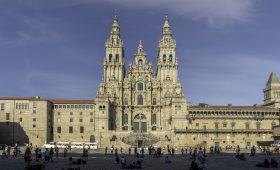Drottningholm Palace: A Historical Marvel in Sweden
Join me on a journey to the remarkable Drottningholm Palace in Sweden. This architectural masterpiece, surrounded by lush landscapes, offers a fascinating glimpse into the country’s regal past. Let’s delve into the history and explore the captivating features of this iconic site.
A Journey Through Time
Drottningholm Palace, a UNESCO World Heritage Site, stands as a testament to Sweden’s rich history. The name “Drottningholm,” meaning “Queen’s Islet,” originates from the original Renaissance building designed by Willem Boy for Queen Catherine Jagiellon in 1580. The current palace, however, was commissioned by Queen Dowager Regent Hedwig Eleonora in 1662 after the original structure was destroyed by fire. The renowned architect Nicodemus Tessin the Elder, and later his son, Nicodemus Tessin the Younger, were responsible for its design and completion.
The palace served as a summer residence for the Swedish royal family throughout the 18th century. It was a hub of cultural and social activity, particularly during the reign of King Gustav III, who was known for hosting elaborate masquerades and theatrical events. The palace’s interiors reflect a sophisticated French Rococo style, introduced by Queen Louisa Ulrika of Prussia, who received the palace as a wedding gift in 1744.
Exploring the Palace Grounds
The grounds of Drottningholm Palace are a harmonious blend of natural beauty and meticulous design. The Baroque-style gardens, crafted by Nicodemus Tessin the Elder, are a highlight. These gardens feature symmetrical pathways, ornate fountains, and carefully curated hedges that invite visitors to explore and unwind.
Another notable feature is the Chinese Pavilion, a charming structure gifted by King Adolf Frederick to Queen Louisa Ulrika. Situated by Lake Mälaren, the pavilion offers a unique blend of Swedish and Chinese architectural styles, providing a serene spot to enjoy the lake’s tranquil views.
The Royal Theater: A Cultural Treasure
The Drottningholm Palace Theater is a rare gem, offering a glimpse into 18th-century performing arts. Rebuilt in grand style after a fire in 1762, the theater remains operational today, hosting a variety of performances. Its ornate decorations and excellent acoustics make it a must-visit for those interested in history and the arts.
Visiting Drottningholm Palace
Located just outside Stockholm, Drottningholm Palace is easily accessible. Here are some options for reaching this historic site:
- By Public Transportation: Enjoy a scenic boat ride from Stockholm City Hall across Lake Mälaren, or take a bus or train from Stockholm Central Station to Drottningholm.
- By Car: Renting a car offers flexibility, and the palace is well-connected by road with ample parking available.
The palace is wheelchair accessible, ensuring all visitors can enjoy its splendor. Clear signage and paths guide you through the various attractions.
When to Visit
Drottningholm Palace is a year-round destination, but each season offers a unique experience. The summer months, from May to September, are ideal for exploring the gardens in full bloom and enjoying outdoor activities. In winter, the palace transforms into a picturesque scene with snow-covered landscapes, offering a different kind of charm.
Whether you’re a history buff, an art enthusiast, or simply seeking a memorable experience, Drottningholm Palace promises to captivate and inspire. Plan your visit and immerse yourself in the rich tapestry of Sweden’s royal heritage.




